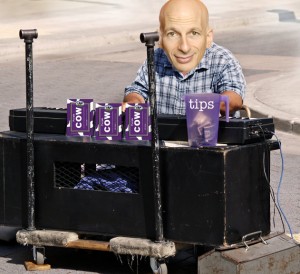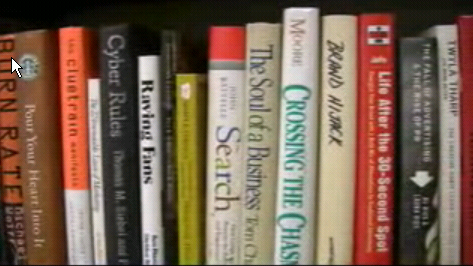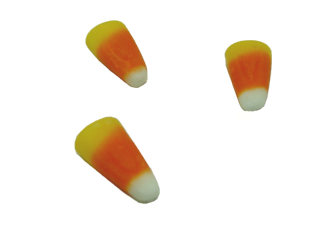I’ve had a few people tell me they click on my YouTube ads to help make me some money. However the ads are mostly “CPM,” or “cost per thousand.” So the advertiser pays a fixed amount (say $20) for 1,000 InVideo ads regardless of whether people engage or not. The clicks do nothing for me. I jokingly tell them to just hang out for long enough for the InVideo ad to complete rolling (20-30 seconds).
The advertiser typically conducts research to determine if those CPMs were valuable or not — looking at interaction rate, and doing test/control studies to see if/how the ads resulted in a different view or intent.
- Did you seeing that ad make that brand more attractive to you?
- Are you more likely to buy the product?
- Did you buy the product, or planning to?
These questions are answered through studies like “Dynamic Logic” polls on YouTube or other sites. If you see one, take them seriously. Don’t lie, and recognize that it will help the advertiser determine if they’re spending their money wisely. That’s the sustainable requirement to free content online.
I really like Seth Godin’s ideas, and we once interacted when I was trying to get him to speak at Johnson & Johnson (alas our humble public relations budget couldn’t meet his justified speaking fees). His concepts have always inspired and provoked me, so I consider it interesting when the Sethinizer says something so in contraction to what I perceive as a marketing/content creation reality.
 Via Online Video Watch, I found a recent Seth Godin (a marketing guru) post on “Ads are the new online tip jar.“ Had he been running Google ads (where advertisers pay Google and the website publisher a fixed amount per “click” like paid-search ads), Google might have justifiably terminated him for “click fraud.” If I had text ads based on the content of this post and used the terms “sex, lawsuit, digital camera — or other terms that advertisers bid high CPC prices” and I encouraged you to click them, then I’m gaming the system. The advertiser may get clicks, but those clicks are not likely to lead to purchase or material value.
Via Online Video Watch, I found a recent Seth Godin (a marketing guru) post on “Ads are the new online tip jar.“ Had he been running Google ads (where advertisers pay Google and the website publisher a fixed amount per “click” like paid-search ads), Google might have justifiably terminated him for “click fraud.” If I had text ads based on the content of this post and used the terms “sex, lawsuit, digital camera — or other terms that advertisers bid high CPC prices” and I encouraged you to click them, then I’m gaming the system. The advertiser may get clicks, but those clicks are not likely to lead to purchase or material value.
A good advertiser will get brief euphoria about a high click rate, but an evolved marketer will look beyond them.
For instance, I judge all of my search-engine campaigns (for my marketing day job) based on the cost for 3-plus pages (a crude alternative to an overcomplicated “quality page view” method). If I paid $2 to get a visitor and they visited 3 or more pages on my brand website, I’d call that progress. We’re eventually moving to “closed loop” marketing where I can hold each media buy accountable to a “trial” purchase (as measured by unique codes on an downloadable offer). Then I won’t really care about my cost per impression or click. I can judge an ad buy based on what it cost me to generate a new trial for the product. If that’s $20-$50 I’m a happy camper (obviously my product’s lifetime value is worth more than that).
So what I’m getting at is this. The “online tip jar” will, in the short term, help web publishers make some quick money via Google Adwords and other programs. But ultimately if the clickers aren’t purchasing then the advertiser will discover that the ads are hurting them. The particular site is driving up their bid price and they’re paying for clicks that don’t result in page views, perceptions (as rated by Dynamic Logic studies) or purchase intent or transactions.
The Bottom line is this… the online tip jar is a short lived and superficial model.
What matters is that my content (written or video) attracts people that have common and somewhat predictable interests and purchase behaviors. Then I’ve got to align myself with advertisers that sell products that match my audience’s needs, wants and desires. That’s a sustainable win for me, the advertiser and the individuals that watch or read my stuff. Everything else is just “gaming the system.”
You didn’t even read this carefully, did you?
Hold on a second. I’m going to light a fart on fire. There. I’m back.


